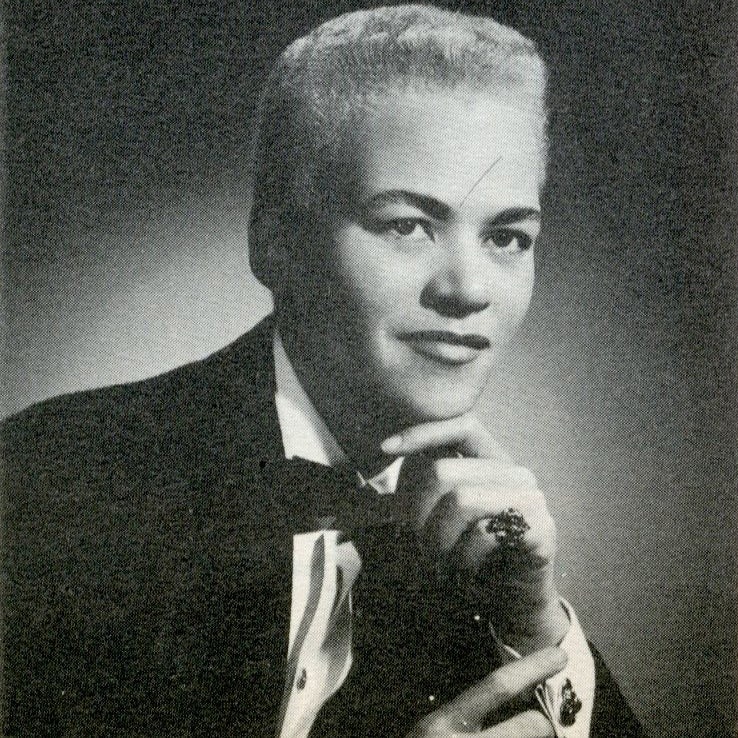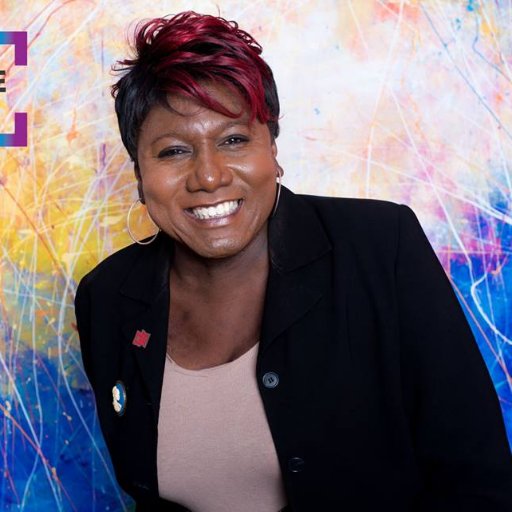Francisco Manicongo
We celebrate the life of Francisco Manicongo on March 9, known as Xica Manicongo Day in Rio de Janeiro, Brazil. Manicongo was taken from their home in West Africa in the late 1500s, and forced into slavery in present-day Brazil, as the property of a shoemaker. Manicongo became notorious at the time for openly wearing women’s clothing.
Francisco Manicongo was kidnapped from the Angola/Congo region of Central Africa, taken to Bahia in South America, and sold as a slave to Antonio Pires, a Portuguese slave owner and cobbler. It is believed the name Francisco was given upon arrival in Portuguese-colonized Bahia. The name Manicongo was a title reserved for rulers in the Kingdom of Kongo, and is a Portuguese deformation of the KiKongo term Mwene Kongo (literally “lord of Kongo”). The Kingdom of Kongo existed in Central-West Africa from the fourteenth to the nineteenth centuries, and consisted of land in present-day Angola and the Democratic Republic of Congo.
Our understanding of homosexuality in pre-colonial African cultures is limited by texts espousing late-Middle Age European views of Africans, of homosexuality, and of course, of the European rationale for being in sub-Saharan Africa in the first place: to profit from the slave trade. Among the earliest references to it are some of the records of the “Inquisition in Brazil.” From documents known as the “Denunciations of Bahia” (1591-1593) comes this thoroughly offensive reference to homosexuality, and specifically, of Francisco Manicongo:
“Francisco Manicongo, a cobbler’s apprentice known among the slaves as a sodomite for ‘performing the duties of a female’ and for ‘’refusing to wear the men’s clothes which the master gave him.’ Francisco’s accuser added that in Angola and the Congo in which he had wandered much and of which he had much experience, it is customary among the pagan negros to wear a loincloth with the ends in front which leaves an opening in the rear…this custom being adopted by the sodomitic negros who serve as passive women in the abominable sin. These passives are called jimbandaa in the language of Angola and the Congo, which means passive sodomite. The accuser claimed to have seen Francisco Manicongo “wearing a loincloth such as passive sodomites wear in his land of the Congo and immediately rebuked him.” (quoted by J. Treveisan, “Perverts in Paradise,” London, 1986.)
It can be seen from such references that homosexuality was present in Africa from at least the earliest of European contact, and without much doubt, from long before. It wasn’t just central Africa, either. While European colonialists made such graphic descriptions of African homosexuality uncommon in their writing, there are enough references to it to know that it was indeed present, and even used by heterosexist white supremacists as a justification for considering African cultures primitive enough to justify slavery.
From other accounts during the “Inquisition in Brazil,” we know that Francisco Manicongo was openly same-gender loving and preferred to wear clothes that were more common attire for women. Manicongo reportedly preferred to be seen wearing a “girded cloth with open corners in front,” a style favored by the quimbanda in Africa, which left the rear exposed, as a way of declaring their intentions to others. Records indicate that Manicongo had relations with African men in the community.
More recently, several unpublished documents were discovered at the National Archives of Torre do Tombo in Lisbon, Portugal, which have served to shed new light on the victims of the Portuguese Inquisition. Most of these victims were accused of practicing divination, healing, and/or religious rituals or indigenous religions and ceremonies in use in the “Native Kingdom of Angola, Kongo and surrounding nations.” Another known target of the Inquisition in Bahia, however, was a lesbian identified as Felipa de Souza, who fought persecution in the late 1500s, but about whom little other information is known.
Records state that Francisco Manicongo “has a reputation among blacks in this city that is somítigo (a common term for ‘sodomite’) and after hearing this rumor, [Antonio Pires] saw [him] girded with a cloth, in a manner he wore in his hometown of Congo to bring the somítigos…And having seen the complainant he scolded the captive Manicongo telling him that he did not want to bring in the young man proved to be somítigo because he wore his cloth so. And [now] he has two or three times to see him girded with said cloth as a man and made answer that he had no such, and now walks attired in a man’s dress.”
The threat of strict reprimand from his European Christian slaveholders eventually caused Manicongo to change attire, but as writer and historian Doug Cooper Spencer notes, “he [Manicongo] was forced to change his appearance, but it was never stated that he ever denied his sexuality.”
In Brazil, March 9 is celebrated by the Association of Transvestites and Transsexuals in Rio de Janeiro (ASTRA-Rio) as Xica Manicongo Day in honor and remembrance of Francisco Manicongo. Xica was the name of a beloved, powerful, and heroic African woman during the era of slavery in Brazil, as depicted in the 1976 Carlos Diegues film, “Xica da Silva.” Xica has become synonymous with a fierce, Black woman in Brazil’s gay culture, and thus, that name has been bestowed upon Francisco Manicongo as a symbol of respect and appreciation.
Francisco Manicongo is venerated in Brazil as a symbol of struggle and resistance against sexual oppression and forced conform. More than five centuries later, the legacy of Manicongo continues to inspire and motivate the trans community in Brazil and beyond. The enslaved African attempted to live life with honesty and integrity, and became one of the first in the New World to be punished for sexual orientation and gender expression.
We remember Francisco Manicongo’s determination to live their truth at a time when being both African and same-gender loving could be reasons for persecution or execution, and for inspiring the present-day LGBTQ community around the globe.


